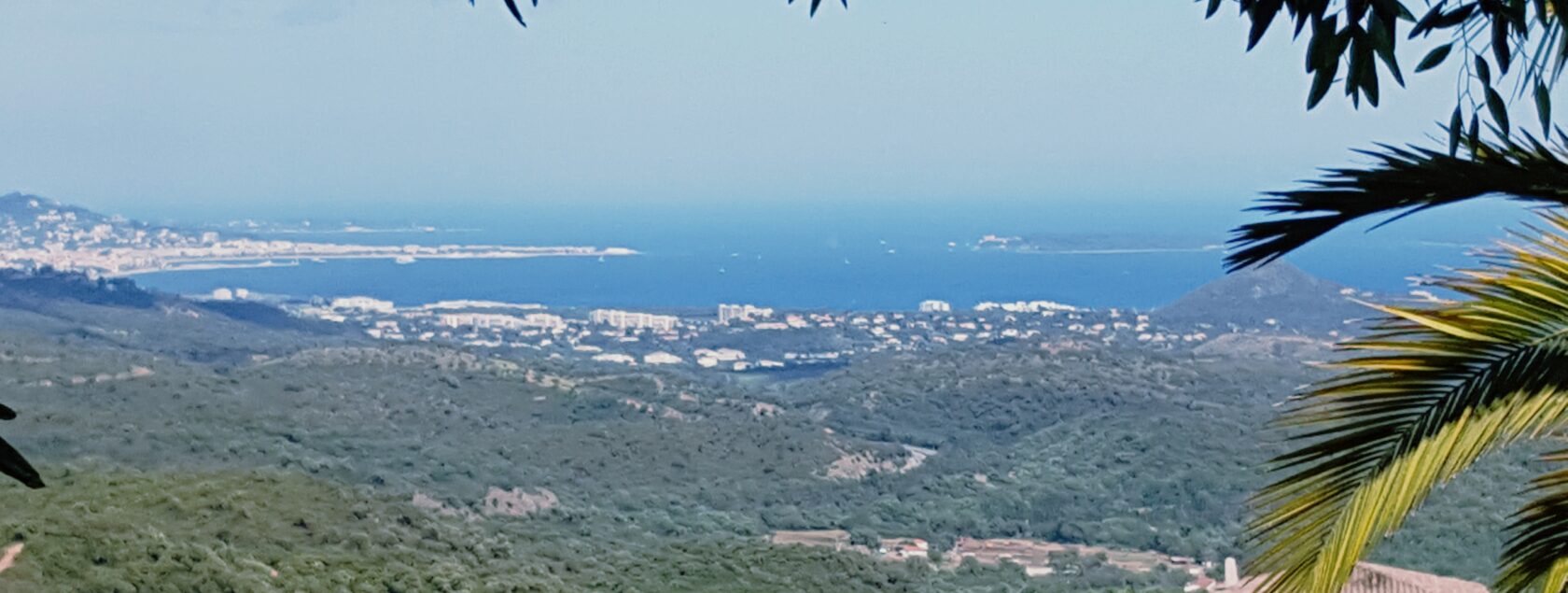
Les Adrets-de-l’Estérel
PORTRAIT OF A VILLAGE:
In the past, the village was made up of eighteen hamlets or very remote districts.
Today, the town is made up of two main neighborhoods, which wind their way up the hillside:
- Le Planestel: in the center of the village, where the town hall is located.
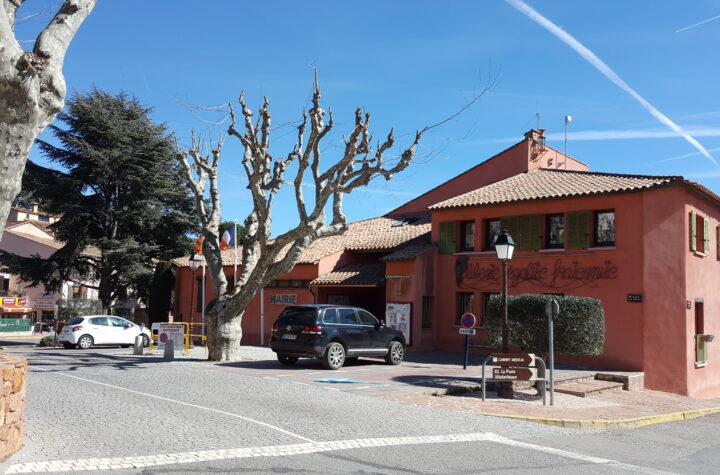
- The Church district.
The winding road between the two neighbourhoods offers numerous viewpoints, like a beautiful collection of paintings, overlooking both the mountains and the Mediterranean.
Historical point:
During the 17th century, the inhabitants of this sunny hillside – from which the village also takes its Provencal name – were forced to travel to Montauroux to attend church services. Because the distance was too great, the Adréchois (inhabitants of the area) asked for a chapel to be built. And so, in 1648, Notre-Dame des Maures chapel was constructed, thus marking the first step towards the village’s autonomy
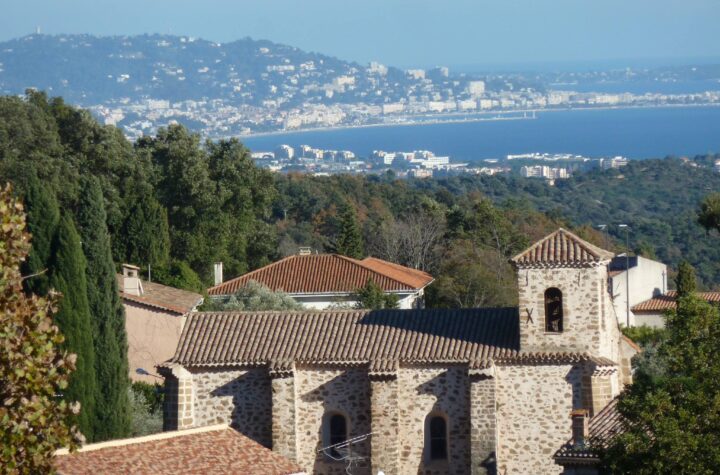
Two centuries later, in 1867, driven by a spirit of autonomy and independence of the inhabitants, the “Les Adrets-de-Montauroux” commune was created by imperial decree from Napoleon III. A few years later, our commune changed its name to “Les-Adrets-de-Fréjus” and it wasn’t until 1962 that the commune acquired its current name.
Village development:
In the past, vines, fruit trees, strawberries and cereals were grown here and the village developed through cork harvesting, coal and calcium fluorite mining. Until the mid-1980s, it was one of France’s most important mining areas.
The forest provided work for the many generations who shaped it, with the people of Adréch often working as lumberjacks, cork farmers or coal workers
At the time, cork harvesting was a very important activity in the commune due to the large number of oak trees in the area’s national forest. During the summer months, the cork workers would live in the woods and food supplies were delivered weekly. Cork harvesting is still carried out today, but to a lesser extent so as to allow the many trees threatened by insects and disease to rest.
Some photos:
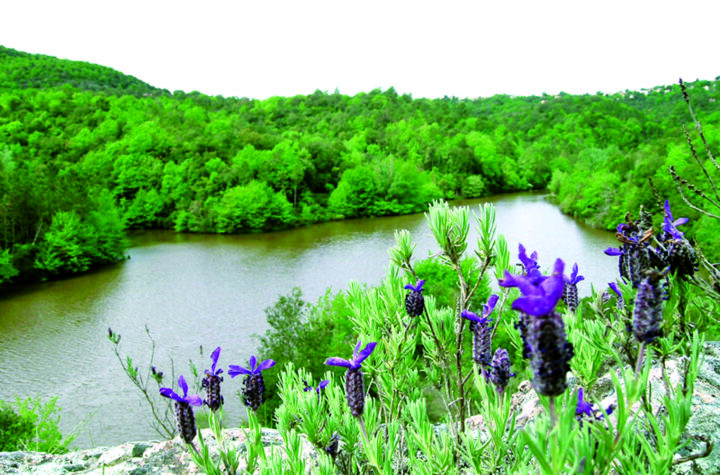

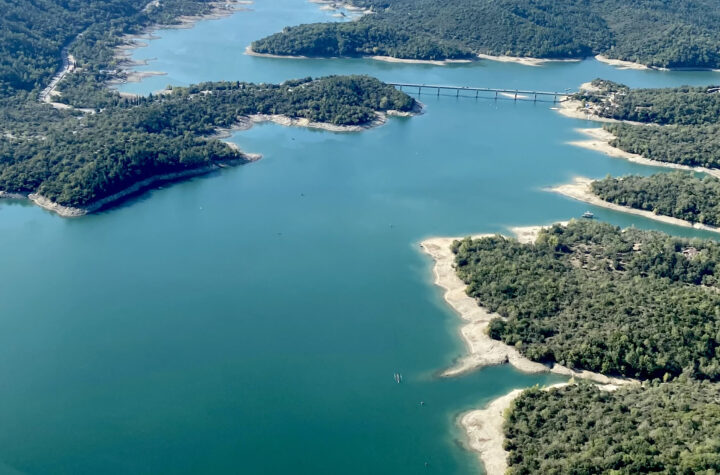

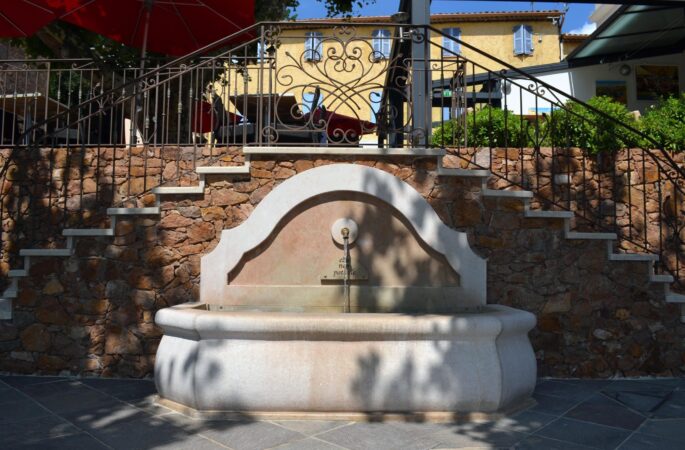
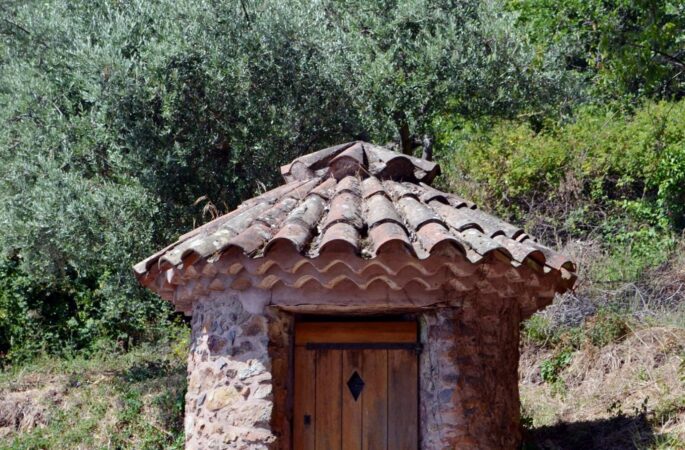
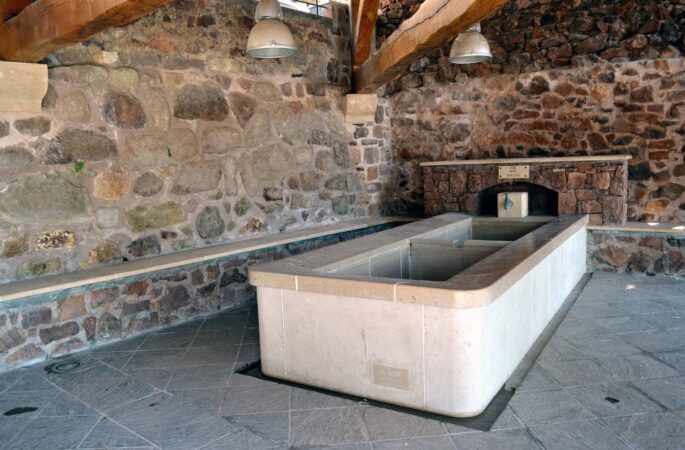
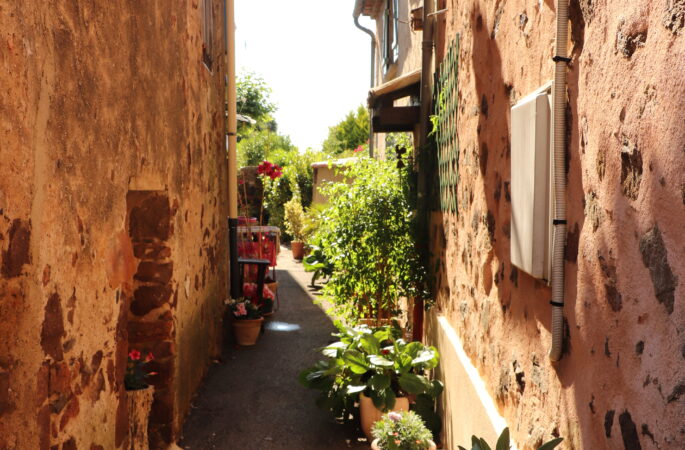
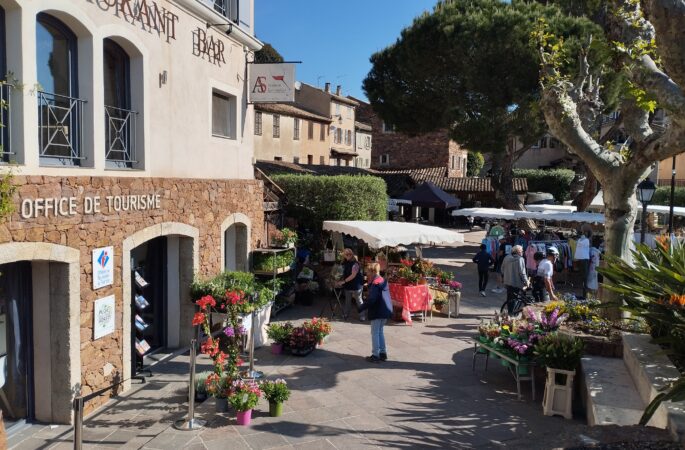
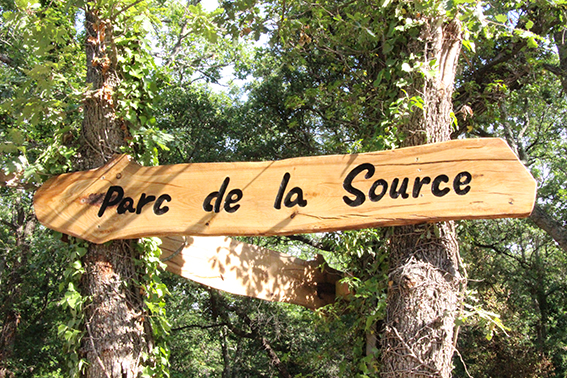
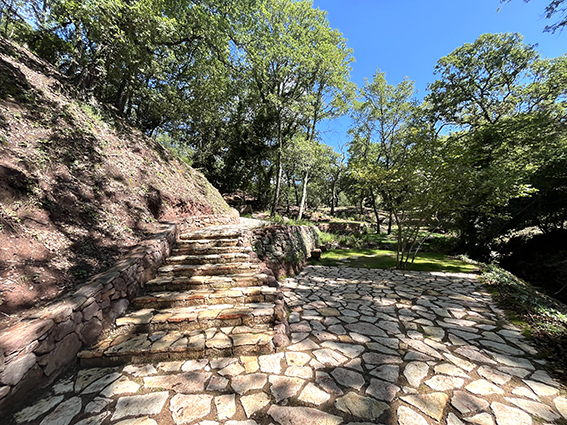
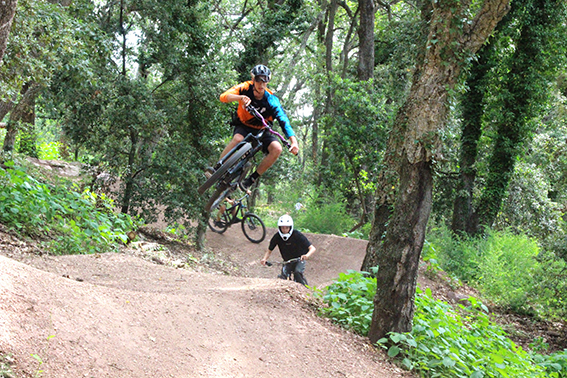
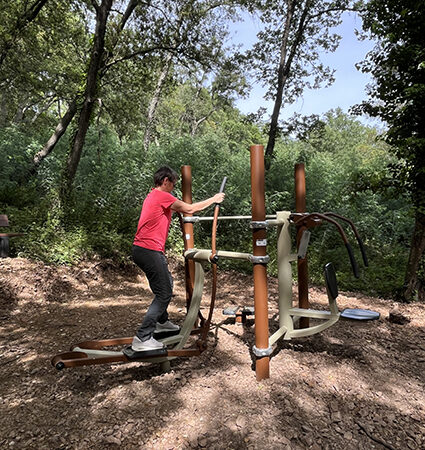
Photo credits: Marie Tavarès – Romain Bouchard – Vue d’en haut – Estérel côte d’azur – Isabelle Martel
You’ll also find a map of our village:
